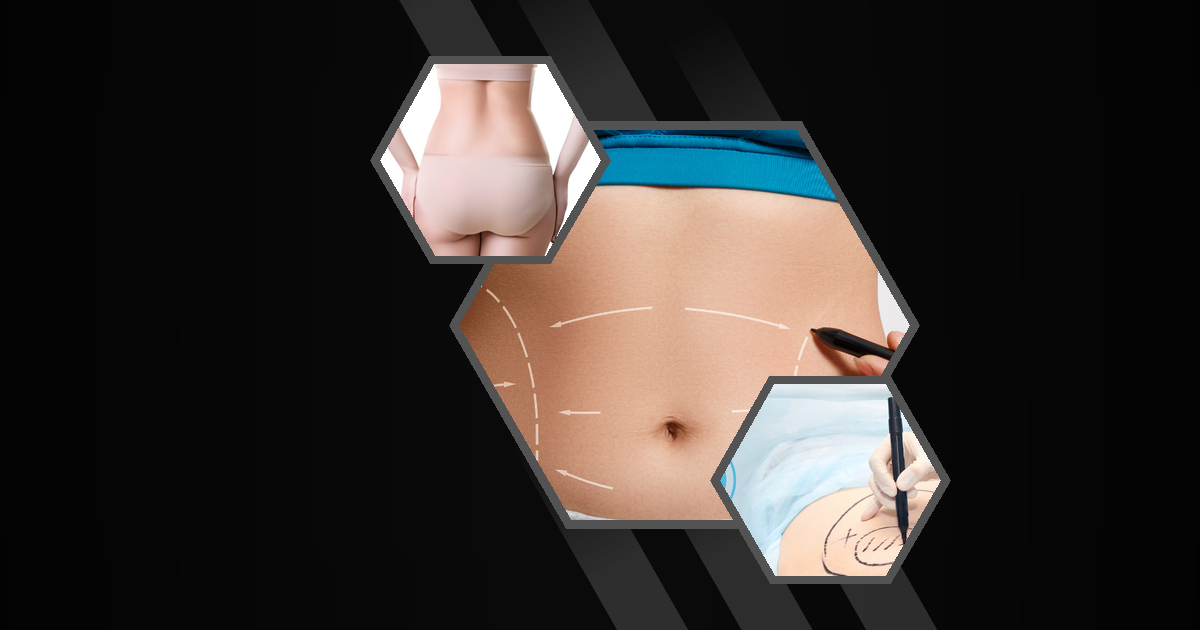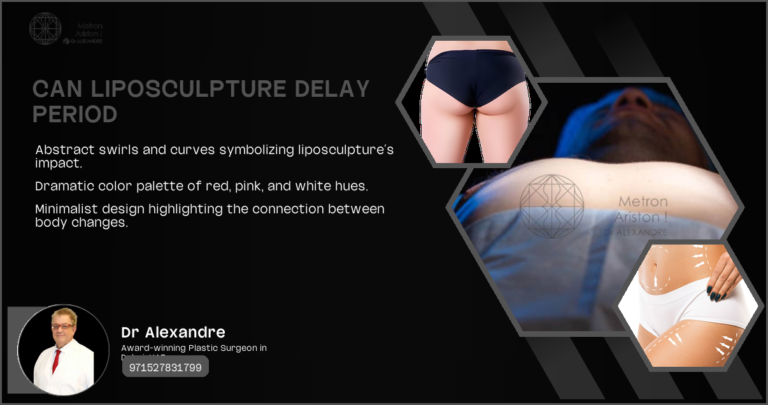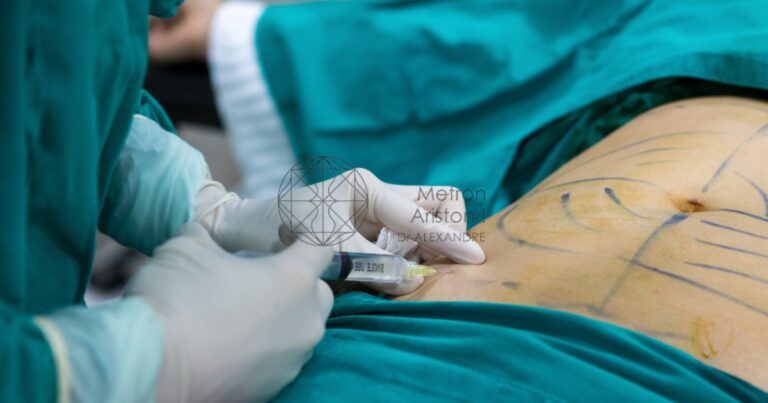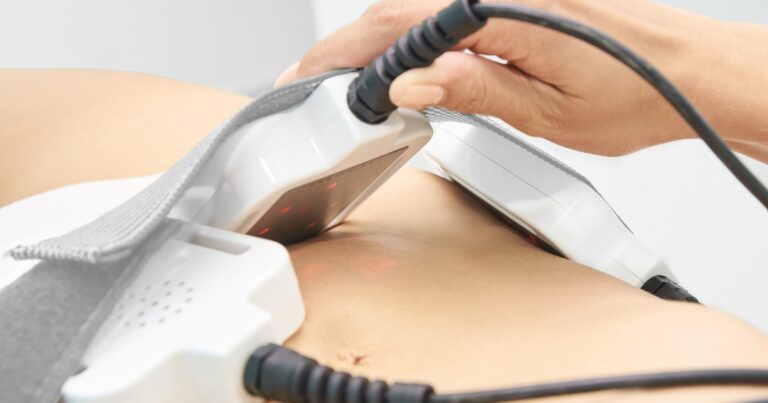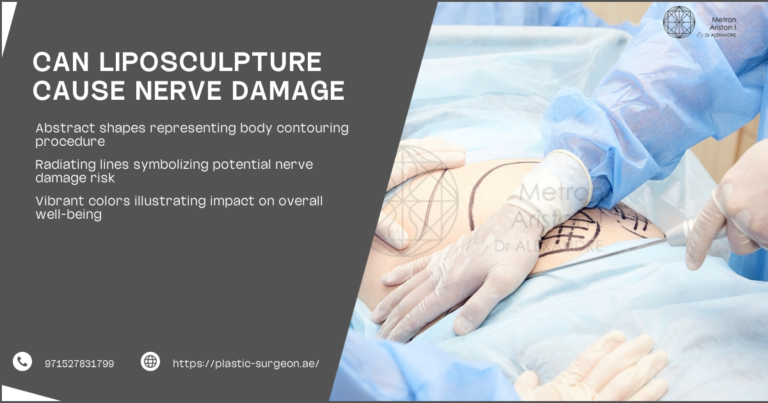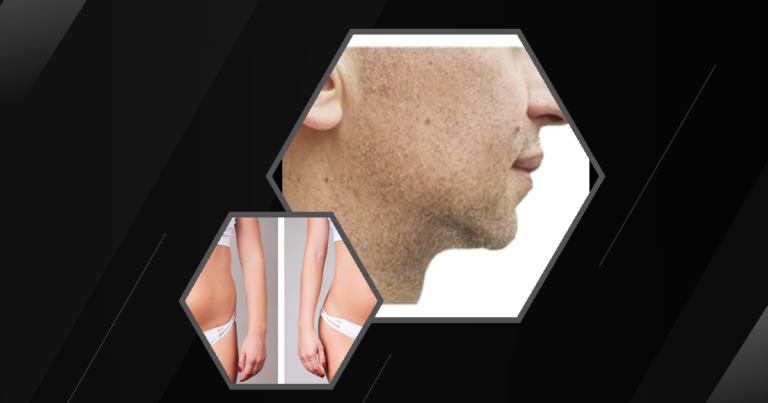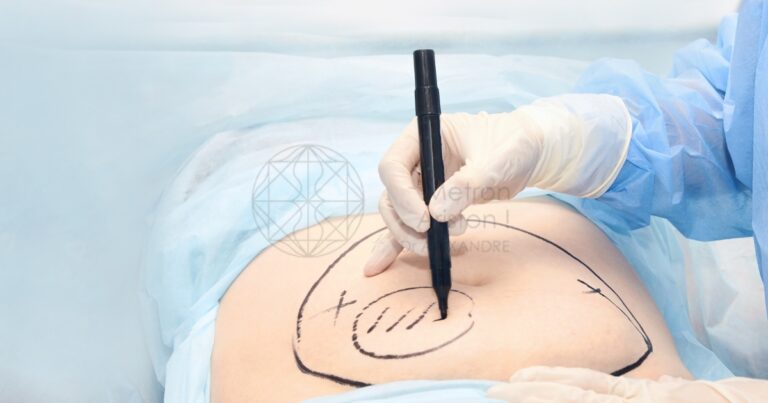Can Liposculpture Cause Edema
Liposculpture is a popular cosmetic procedure that aims to enhance body contours by removing excess fat. However, a common concern among patients is whether liposculpture can cause edema, or swelling, after the procedure. Understanding the relationship between liposculpture and edema is crucial for anyone considering this body contouring technique.
Understanding Liposculpture and Its Effects
What is Liposculpture?
Liposculpture is a refined form of liposuction that focuses on sculpting the body by removing fat from specific areas. Unlike traditional liposuction, which primarily targets fat removal, liposculpture emphasizes creating a more defined and aesthetically pleasing body shape. This procedure is often chosen by individuals seeking to enhance their natural contours and achieve a more toned appearance.
Abdominal Fat Removal is a way to get rid of extra fat around your belly
doctors can use special tools or surgery for Abdominal Fat Removal to make your tummy look flatter
- Targets specific areas for fat removal
- Aims to enhance body contours
- Focuses on aesthetic results
How Does Liposculpture Differ from Traditional Liposuction?
While both liposculpture and traditional liposuction involve fat removal, the techniques and goals differ. Liposculpture uses smaller cannulas and more precise techniques to sculpt the body, whereas traditional liposuction may involve more extensive fat removal. The precision of liposculpture often results in less trauma to surrounding tissues, potentially reducing the risk of complications like edema.
- Smaller cannulas used in liposculpture
- More precise fat removal techniques
- Reduced trauma to surrounding tissues
The Relationship Between Liposculpture and Edema
Common Post-Operative Swelling
Swelling is a common occurrence after any surgical procedure, including liposculpture. This is the body’s natural response to trauma and is part of the healing process. While some degree of swelling is expected, understanding how to manage it can help patients recover more comfortably.
- Natural response to surgical trauma
- Part of the healing process
- Can be managed with proper care
Factors Contributing to Edema After Liposculpture
Several factors can contribute to the development of edema following liposculpture. These include the extent of the procedure, individual healing responses, and adherence to post-operative care instructions. Patients who follow their surgeon’s advice on rest, compression garments, and hydration are likely to experience less swelling.
- Extent of the procedure
- Individual healing responses
- Adherence to post-operative care
Types of Edema Associated with Liposculpture
Localized Edema
Localized edema refers to swelling that occurs in specific areas where liposculpture was performed. This type of swelling is usually temporary and subsides as the body heals. Patients may notice localized edema in areas such as the abdomen, thighs, or arms, depending on the treatment sites.
- Occurs in specific treatment areas
- Temporary and subsides with healing
- Common in abdomen, thighs, arms
Generalized Edema
In some cases, patients may experience generalized edema, which affects larger areas of the body. This type of swelling can be more uncomfortable and may take longer to resolve. Generalized edema is less common and may require additional management strategies to alleviate symptoms.
- Affects larger body areas
- More uncomfortable than localized edema
- May require additional management
Timeframe for Edema After Liposculpture
Immediate Post-Operative Swelling
Swelling typically begins immediately after the procedure and can peak within the first few days. During this time, patients may experience discomfort and tightness in the treated areas. Following post-operative care instructions is crucial to minimize swelling and promote healing.
- Begins immediately after surgery
- Peaks within the first few days
- Discomfort and tightness common
Long-Term Edema Concerns
While most swelling resolves within a few weeks, some patients may experience lingering edema. Long-term swelling can be a concern if it persists beyond the expected healing period. In such cases, consulting with a healthcare professional is recommended to address any underlying issues.
- Most swelling resolves in weeks
- Lingering edema may occur
- Consultation recommended for persistent swelling
How Long Does Swelling Last After Liposculpture?
Swelling after liposculpture typically lasts for a few weeks, with the most significant reduction occurring within the first month. However, minor swelling can persist for several months as the body continues to heal. Patients should follow their surgeon’s advice to ensure optimal recovery and minimize swelling duration.
Managing Edema Following Liposculpture
Compression Garments
Wearing compression garments is a common recommendation to manage post-operative swelling. These garments help reduce edema by applying gentle pressure to the treated areas, promoting fluid drainage and supporting the healing process.
- Reduces swelling through gentle pressure
- Promotes fluid drainage
- Supports healing process
Lymphatic Drainage Massage
Lymphatic drainage massage is a specialized technique that can help reduce swelling after liposculpture. This massage encourages the movement of lymphatic fluid, reducing edema and promoting faster recovery. Patients should seek a qualified therapist for this type of massage.
- Encourages lymphatic fluid movement
- Reduces edema
- Promotes faster recovery
Proper Hydration and Nutrition
Maintaining proper hydration and nutrition is essential for managing edema. Drinking plenty of water and consuming a balanced diet can help the body eliminate excess fluids and support the healing process. Patients should focus on foods rich in vitamins and minerals to aid recovery.
- Essential for managing edema
- Supports fluid elimination
- Aids recovery with vitamins and minerals
Is Edema After Liposculpture Normal?
Yes, experiencing edema after liposculpture is normal and expected as part of the healing process. Swelling is the body’s natural response to surgery and typically subsides over time. Patients should follow their surgeon’s post-operative care instructions to manage swelling effectively.
Potential Complications of Edema After Liposculpture
Infection Risks
While edema is a normal part of recovery, excessive swelling can increase the risk of infection. Patients should monitor for signs of infection, such as redness, warmth, or pus, and seek medical attention if these symptoms occur. Prompt treatment can prevent complications and promote healing.
- Excessive swelling increases infection risk
- Monitor for redness, warmth, pus
- Seek medical attention for symptoms
Prolonged Healing Time
Persistent edema can lead to prolonged healing times, delaying the desired results of liposculpture. Patients should be aware of this possibility and work closely with their healthcare provider to address any concerns. Proper management of swelling can help ensure a smoother recovery.
- Persistent edema delays healing
- Delays desired results
- Work with healthcare provider for management
Preventing Excessive Edema During Liposculpture Recovery
Pre-Operative Preparations
Preparing for liposculpture can help minimize the risk of excessive edema. Patients should follow their surgeon’s pre-operative instructions, which may include maintaining a healthy lifestyle, avoiding certain medications, and arranging for post-operative care.
- Follow pre-operative instructions
- Maintain a healthy lifestyle
- Avoid certain medications
Post-Operative Care Instructions
Adhering to post-operative care instructions is crucial for preventing excessive edema. Patients should rest, wear compression garments, and attend follow-up appointments as recommended by their surgeon. These steps can help reduce swelling and promote a successful recovery.
- Rest and wear compression garments
- Attend follow-up appointments
- Reduce swelling with proper care
Can Liposculpture Cause Permanent Swelling?
Permanent swelling after liposculpture is rare, but it can occur if complications arise. Most patients experience temporary swelling that resolves with time and proper care. If swelling persists, consulting with a healthcare professional is essential to determine the cause and appropriate treatment.
When to Seek Medical Attention for Post-Liposculpture Edema
Signs of Abnormal Swelling
Patients should be aware of signs that indicate abnormal swelling, such as severe pain, asymmetry, or changes in skin color. These symptoms may suggest complications that require medical evaluation. Early intervention can prevent further issues and support recovery.
- Severe pain or asymmetry
- Changes in skin color
- May indicate complications
Symptoms Requiring Immediate Care
Certain symptoms warrant immediate medical attention, including fever, excessive bleeding, or difficulty breathing. These signs may indicate serious complications that need prompt treatment. Patients should not hesitate to contact their healthcare provider if they experience these symptoms.
- Fever or excessive bleeding
- Difficulty breathing
- Indicate serious complications
The Role of Lymphatic System in Post-Liposculpture Edema
How Liposculpture Affects Lymphatic Drainage
Liposculpture can impact the lymphatic system, which plays a crucial role in fluid balance and immune function. The procedure may temporarily disrupt lymphatic drainage, leading to edema. Understanding this relationship can help patients manage swelling effectively.
- Impacts lymphatic system
- Affects fluid balance
- May disrupt drainage temporarily
Importance of Lymphatic Health for Recovery
Maintaining lymphatic health is essential for a smooth recovery after liposculpture. Patients can support their lymphatic system by staying hydrated, engaging in gentle exercise, and considering lymphatic drainage massage. These practices can help reduce swelling and promote healing.
- Essential for smooth recovery
- Support with hydration and exercise
- Consider lymphatic drainage massage
Expert Insights: Dr. Alexandre’s Approach to Minimizing Edema in Liposculpture Patients
Dr. Alexandre emphasizes the importance of personalized care to minimize edema in liposculpture patients. By tailoring the procedure to each individual’s needs and providing comprehensive post-operative instructions, Dr. Alexandre aims to reduce swelling and enhance recovery outcomes. Liposculpture embolism risk Fat particles from liposuction can sometimes enter the bloodstream and cause blockages in blood vessels which can be dangerous for your health Liposculpture varicose connection is a special way to remove fat and treat swollen veins at the same time It helps make legs look better and feel healthier
Liposculpture nerve effects can make some areas of your skin feel numb or tingly This feeling usually goes away after a few weeks or months as your body heals Liposculpture risks nerves by potentially damaging tiny nerve endings during fat removal This can lead to numbness or altered sensation in the treated areas
Liposculpture reshapes figure by removing unwanted fat from specific body areas This procedure helps create a slimmer and more contoured appearance Liposuction encourages dieting by showing people how much better they can look without excess fat This motivates them to maintain their new shape through healthy eating habits
Sculpting body contours is a way to shape and define different parts of the body It can be done through exercise diet or special treatments to create a more toned appearance Liposculpture limited effectiveness means it may not work well for everyone and results can vary Some people might not see big changes after the procedure even if they hoped for more dramatic results
Liver liposculpture risks Liposuction cycle effects Liposuction can lead to temporary swelling and bruising that gradually improve over time The body may also redistribute fat to other areas after the procedure Body contouring techniques help reshape and smooth different parts of the body These methods can remove extra fat and tighten loose skin to improve how you look
Dubai cosmetic procedure expenses Infrasonic fat removal uses low-frequency sound waves to break down fat cells in the body This non-invasive treatment helps people lose stubborn fat without surgery or downtime
- Personalized care approach
- Tailored procedures for individual needs
- Comprehensive post-operative instructions
Latest Research on Edema Management After Body Contouring Procedures
Recent Studies and Findings
Recent research has focused on improving edema management after body contouring procedures like liposculpture. Studies highlight the effectiveness of compression garments, lymphatic drainage massage, and proper hydration in reducing swelling and promoting recovery.
- Focus on improving edema management
- Effectiveness of compression garments
- Importance of hydration and massage
Innovative Techniques for Reducing Swelling
Innovative techniques are being developed to further reduce swelling after liposculpture. These include advanced surgical methods, enhanced post-operative care protocols, and new technologies for monitoring recovery. Patients can benefit from these advancements by discussing options with their surgeon.
- Advanced surgical methods
- Enhanced post-operative care
- New technologies for monitoring recoverying
FAQ’s
1. What is liposculpture, and how does it differ from traditional liposuction?
Liposculpture is a cosmetic procedure focused on precisely contouring and shaping the body by removing excess fat in targeted areas. Unlike traditional liposuction, which primarily removes large amounts of fat, liposculpture emphasizes body definition and sculpting. This approach is ideal for people looking to enhance their natural body contours rather than simply reduce fat volume.
2. Can liposculpture cause edema (swelling), and why does this happen?
Yes, edema, or swelling, can occur after liposculpture. This is a common side effect due to the body’s natural response to the trauma caused by the procedure. During liposculpture, tissues and blood vessels are disrupted, leading to fluid buildup in the affected areas. Swelling is typically temporary and gradually reduces as the body heals.
3. How long does edema last after a liposculpture procedure?
Edema from liposculpture usually lasts for a few weeks, with most of the swelling subsiding within 2-4 weeks. However, residual swelling may persist for several months before the body fully recovers. Your surgeon may recommend wearing compression garments and following specific post-procedure guidelines to help manage and reduce swelling.
4. Are there ways to reduce edema after liposculpture?
Yes, there are steps you can take to help reduce edema after liposculpture. Wearing a compression garment, following your doctor’s post-operative care instructions, staying hydrated, and engaging in light movement can aid in reducing swelling. Your surgeon may also suggest lymphatic drainage massages, which can help the body release excess fluid and accelerate the healing process.


